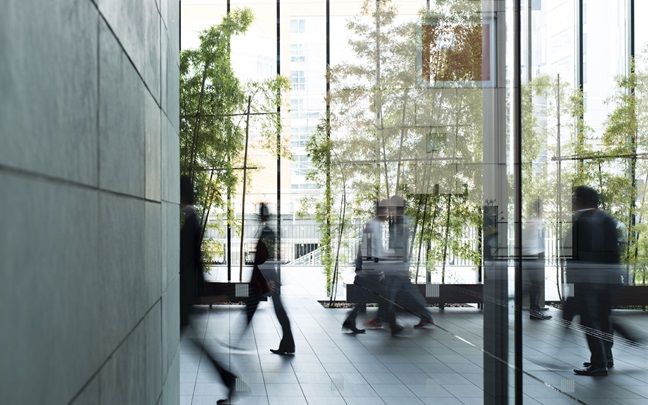The future of work is now. The increasing frequency and magnitude of economic, social and political disruptions, along with rapid advances in disruptive technologies like artificial intelligence (AI) are affecting how and where work gets done.
As labor supply growth declines in most geographies, technology offers workers more choice. Additionally, greater pay transparency helps workers make more informed employment choices. Together, these factors are changing employee expectations about when, how and where they work.
Consequently, companies are rethinking their work models. They are transforming work by accelerating automation, diversifying talent sources and adopting more flexibility to meet employee and business demands.
Our 2023 Dynamics of Work Survey found that organizations expect to make changes in three key areas to improve productivity and better manage the cost of work while meeting workers’ changing expectations:
- Offering greater flexibility in when and where people do their work
- Increasing the use of technology and automation
- Tapping alternative sources of talent
The future of work’s risks
But the future of work presents several risks that employers need to address, including:
- Cyber risk: Between increasing automation and remote or flexible work, the risk of cyberattack increases.
- Business disruption: New work models and technologies may disrupt traditional business operations.
- Errors and omissions: As employees adapt to new roles and responsibilities, the risk of errors and omissions increase.
- Regulatory risk: Non-compliance with labor and tax laws is also a risk, especially with the rise of gig economy and remote work.
- Employment practices liability: New work models may inadvertently exclude certain groups.
To sustain new ways of working, you need to anticipate how your decisions could change your risk profile and manage exposures while capturing the opportunities inherent in the future of work.
To learn more about the future of work, visit our Work Transformation solution.











